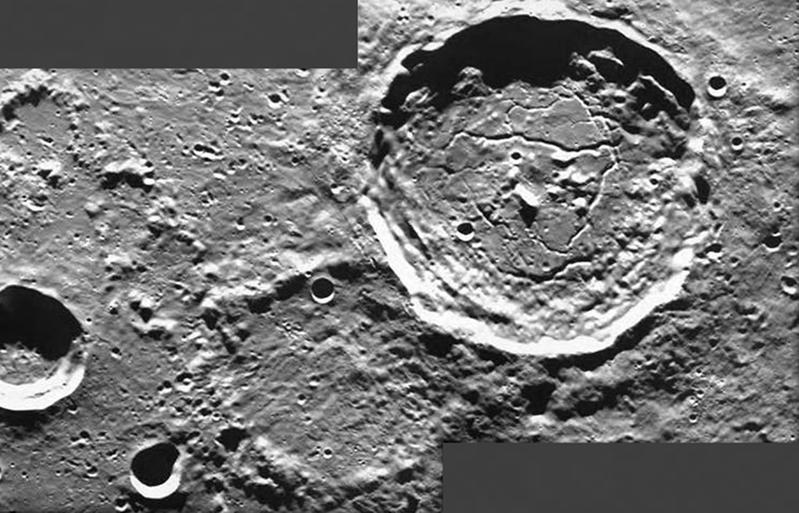

In the LUVMI-X project, the LZH is developing a laser that is resistant to cold for the search for volatile elements, such as water, in the polar regions of the Moon.
Photo: ESA / SMART-1 / AMIE camera team / Space Exploration Institute, CC BY-SA 3.0 IGO
The probability of finding water or other volatiles is highest in the polar regions, as they are frozen within the polar ice. To detect them, the LZH is developing a laser for a laser-induced breakdown spectroscopy (LIBS) system as part of the LUVMI-X project.
The laser radiation of the system breaks down molecules into their atoms. This creates a plasma and the atoms send out a characteristic spectrum. The spectrum of this plasma can then be compared with spectra of known atomic compositions to determine the elements in the sample.
In LUVMI-X the LZH, the Institute of Optical Sensor Systems of the German Aerospace Center (DLR) and OHB System AG jointly work on the LIBS system.
Goal: Reliable under extreme coldness
Such a laser must not only be small, compact, and robust, but also function reliably even in extremely cold areas with temperatures well below -100 °C. Such temperatures are problematic for conventional laser systems.
The finished system is to be tested by the DLR Institute of Optical Sensor Systems on regolith simulant, a substance that is very similar to Moon dust.
Of interest is, for example, how the plasma propagates in a vacuum and what parameters are necessary to make the measurement possible despite the difficult circumstances.
The low-temperature tests will be carried out by OHB System AG, which also develops the optical head of the instrument.
One of the objectives of the LUVMI-X project is a laboratory prototype for pre-testing. In the long term, the laser system is to be integrated into a moon rover. The development of this rover and other measuring instruments is also part of the research project.
The “Lunar Volatile Mobile Instrumentation Extended” project (LUVMI-X) is funded by the European Union within the scope of the Horizon 2020 funding program and coordinated by Space Applications Services NV / SA.
More information at: www.h2020-luvmi-x.eu












